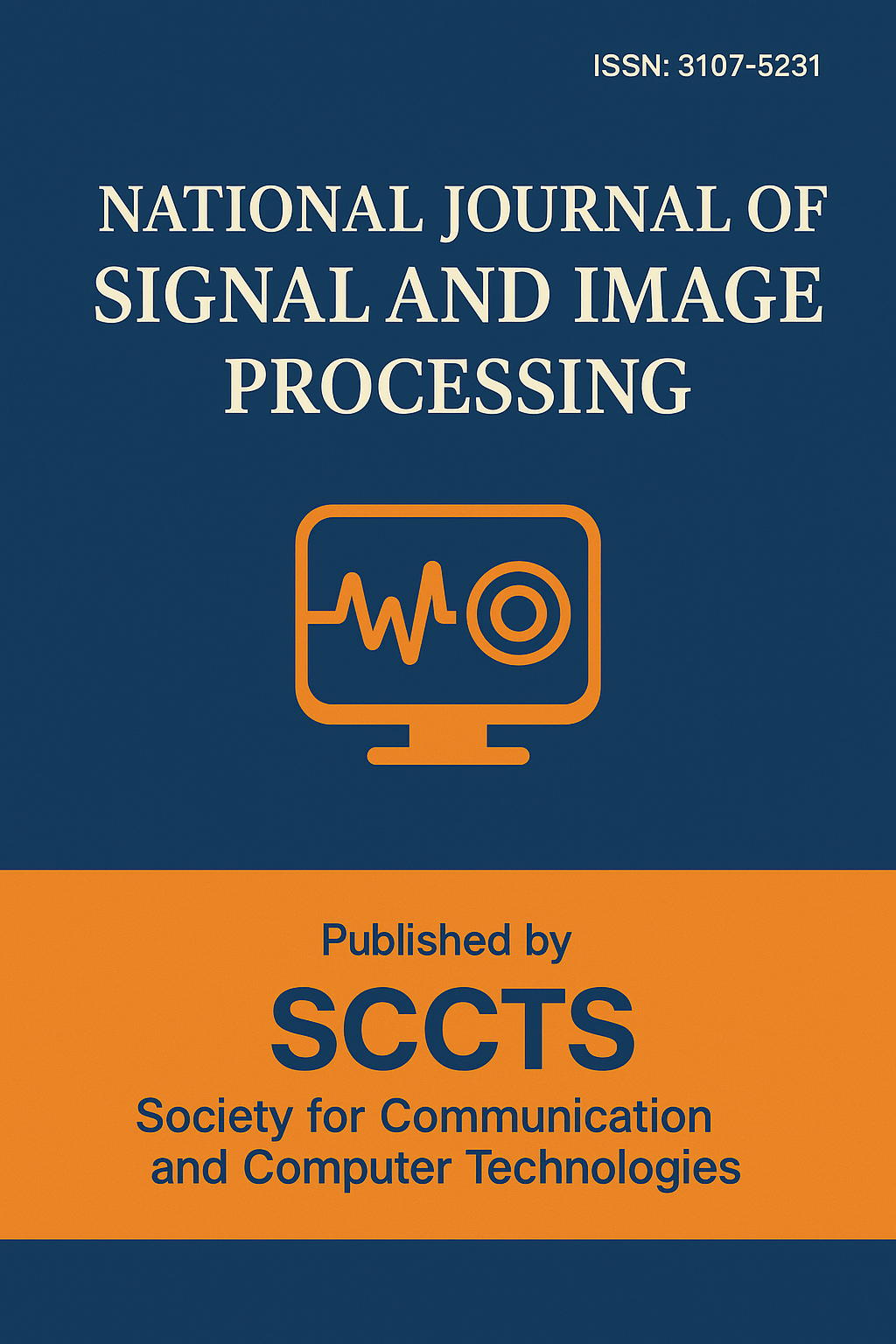An Edge-Aware Signal Processing Framework for Structural Health Monitoring in IoT Sensor Networks
DOI:
https://doi.org/10.17051/NJSIP/01.01.03Keywords:
Structural Health Monitoring (SHM), Edge Computing, IoT Sensor Networks, Signal Processing, Wavelet Transform, TinyML, Anomaly Detection, Smart InfrastructureAbstract
In the context of ever growing urbanization and aging structures, safety and longevity aside, Structural Health Monitoring (SHM) have played a very important role in assuring the safety and continued life of civil infrastructure. Continuous monitoring using dense sensor networks is now feasible with the coming of Internet of Things (IoT). But yet, the challenges such as high communication overhead, latency, and power consumption to hinder real time responsiveness and scalability. In this paper, we present a novel edge-aware signal processing framework that addresses the aforementioned limitations by utilizing an edge computing capability available within the IoT sensor nodes. The proposed framework integrates a lightweight, yet efficacious signal processing pipeline consisting of real time wavelet based noise reduction, feature extraction and computation of important vibration and strain parameters, and localized anomaly detection through compressed machine learning models designed for the edge. We introduce a hierarchy, in which raw sensor data is processed on the edge, thus reducing the need to send high bandwidth transmissions to the cloud. To prove the merit of the framework, we developed a simulated SHM testbed of bridge infrastructure, and performance improvements were experimentally demonstrated as a result. It was demonstrated that the system achieved anomaly detection accuracy of 96.4%, reduced the data transmission bandwidth by 42% while still providing real time operation with decision latency minimal than 120 ms. The results illustrate the framework’s potential as a scalable, energy efficient, intelligent, and enable standalone or precursory systems to populate smart cities and industrial environments of the next generation.






